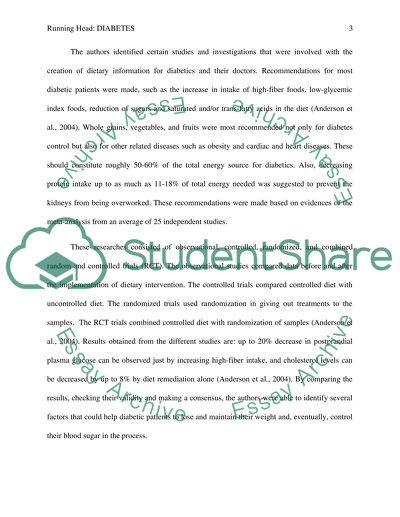A Research Critique on a Quantitative Study of Diabetes Paper. Retrieved from https://studentshare.org/nursing/1454787-critical-analysis-of-a-quantitative-study-focusing
A Research Critique on a Quantitative Study of Diabetes Paper. https://studentshare.org/nursing/1454787-critical-analysis-of-a-quantitative-study-focusing.


